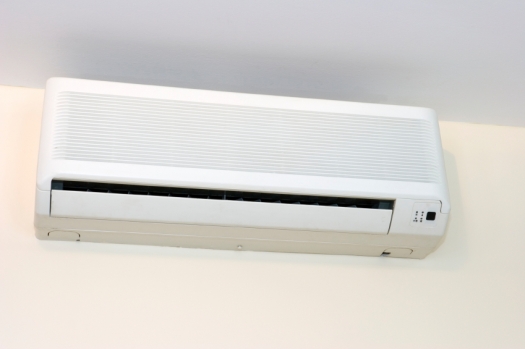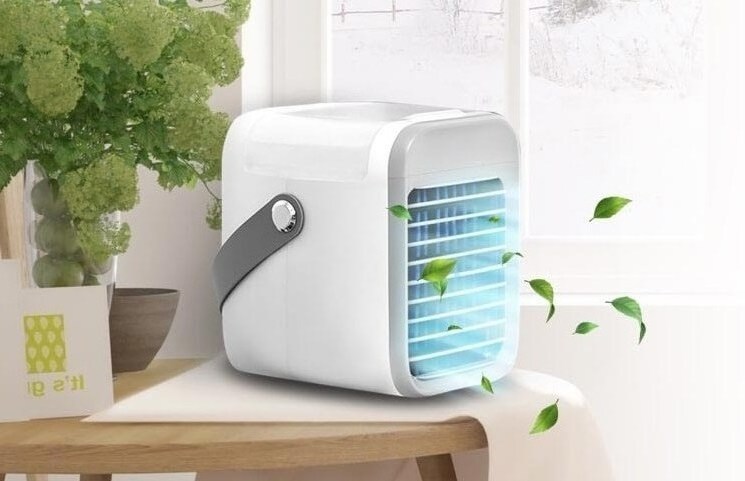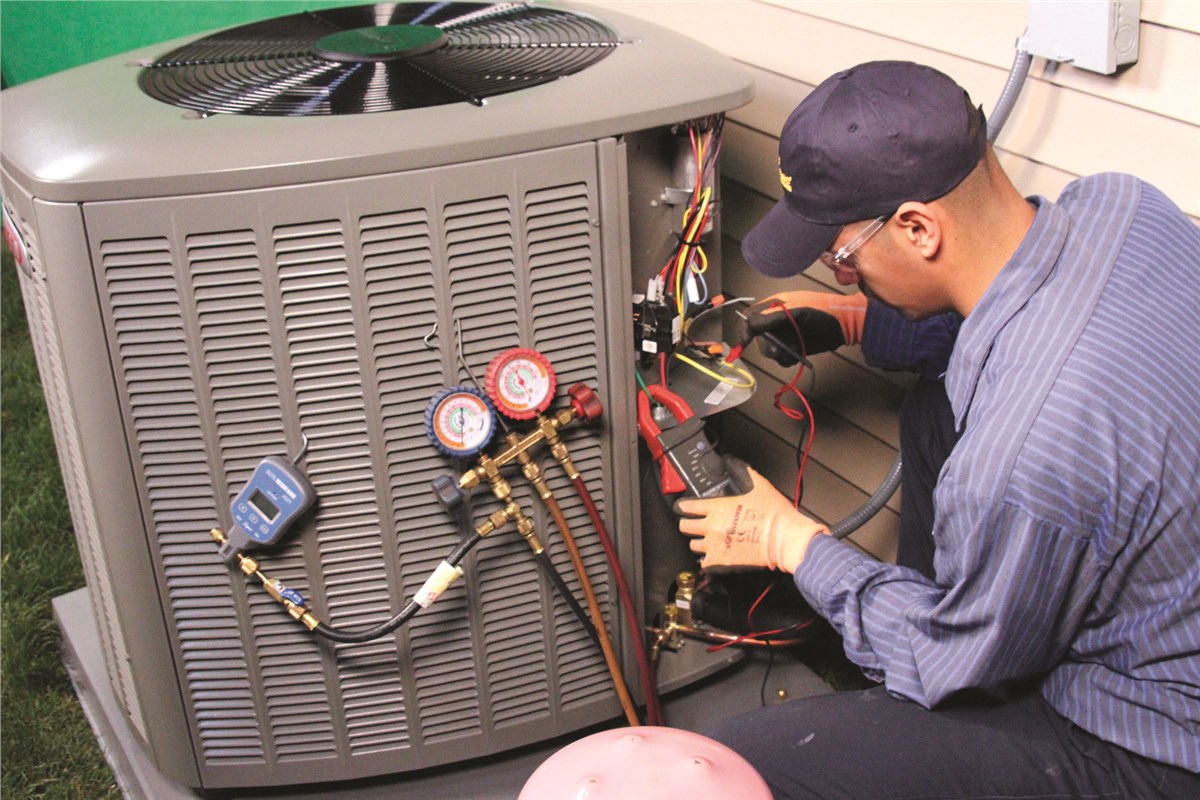Air Conditioner Systems - Ac Wholesalers
Dampness from the air will condense on the coil and should be dealt with or reused. A lot of modern air-conditioning systems feature a dehumidification cycle during which the compressor runs while the fan is slowed down as a lot as possible [] to minimize the evaporator temperature level as well as therefore condense even more water. When the temperature level falls listed below a limit, both the follower and also compressor are closed off to mitigate more temperature decreases; [] this stops wetness on the evaporator from being blown back into the space. [] When the temperature level increases once more, [] the compressor reactivates and the fan go back to reduced speed.
When the evaporator is as well chilly, [] the compressor is slowed down or stopped with the interior follower running. [] Regular portable dehumidifier A customized ac unit that is used just for dehumidifying is called a dehumidifier. It additionally uses a refrigeration cycle, however varies from a conventional air conditioning unit in that both the evaporator and the condenser are positioned in the same air course.
Nonetheless, because all parts of the dehumidifier are in the same area, no heat is removed. Rather, the electrical power consumed by the dehumidifier continues to be in the space as warm, so the room is in fact warmed, equally as by an electrical heater that draws the exact same quantity of power.
Science Of Summer: How Does Air Conditioning Work? - Live ...

The dehumidification process is the inverse of including water to the room with an evaporative colder, as well as rather launches warmth. For that reason, an in-room dehumidifier constantly will certainly heat the room and also decrease the loved one moisture indirectly, along with minimizing the humidity directly by condensing as well as eliminating water. Inside the unit, the air passes over the evaporator coil initially, as well as is cooled down and also evaporated.

After that the air is released back right into the space. The system generates warm, dehumidified air and can normally be positioned easily in the atmosphere (area) that is to be conditioned. Dehumidifiers are frequently used in cold, moist climates to protect against mold and mildew development indoors, particularly in cellars. They are also used to safeguard sensitive equipment from the adverse effects of too much moisture in exotic nations.
This boost has the effect that, for each device of power input into the system (claim to power a light bulb in the shut system), the air conditioner gets rid of that energy. To do so, the a/c need to increase its power intake by the inverse of its "efficiency" (coefficient of performance) times the amount of power dissipated right into the system.
Shop Air Conditioners - Badcock Home Furniture &More
The ac system's power consumption will enhance by 50 W to make up for this, thus making the 100 W heating component cost a total amount of 150 W of power. It is regular for ac unit to run at "efficiencies" of significantly more than 100%. Nonetheless, it may be kept in mind that the input electrical energy is of higher thermodynamic high quality (lower decline) than the output thermal power (heat energy).
is usually defined in regards to "lots of refrigeration", with each around equivalent to the cooling power of one short lot (2000 extra pounds or 907 kilos) of ice melting in a 24-hour period. The value is defined as 12,000 BTU per hr, or 3517 watts. Residential central air conditioning systems are typically from 1 to 5 heaps (3.
For residential houses, some nations set minimum needs for power efficiency. In the United States, the effectiveness of a/c unit is frequently (however not constantly) ranked by the seasonal power efficiency ratio (SEER). The higher the SEER score, the more energy effective is the air conditioning unit. The SEER ranking is the BTU of cooling result during its regular yearly use split by the total electric energy input in watt hrs (Wh) throughout the same period.
Air Conditioning - Department Of Energy

For instance, a 5000 BTU/h air-conditioning device, with a SEER of 10, would certainly consume 5000/10 = 500 Watts of power on average. The electrical power eaten each year can be calculated as the average power increased by the yearly operating time: Assuming 1000 hours of operation during a normal air conditioning period (i.
An additional technique that produces the exact same outcome, is to calculate the complete annual cooling outcome: After that, for a SEER of 10, the yearly electric power use would be: SEER is connected to the coefficient of performance (COP) frequently utilized in thermodynamics and likewise to the Power Efficiency Proportion (EER). The EER is the performance ranking for the devices at a particular set of external and internal temperature levels, while SEER is determined over a whole array of outside temperature levels (i.
SEER is uncommon because it is made up of an Imperial unit separated by an SI device. The POLICE is a proportion with the same statistics systems of power (joules) in both the numerator as well as common denominator. They negate, leaving a dimensionless quantity. Formulas for the approximate conversion in between SEER and EER or POLICE are available.
more info